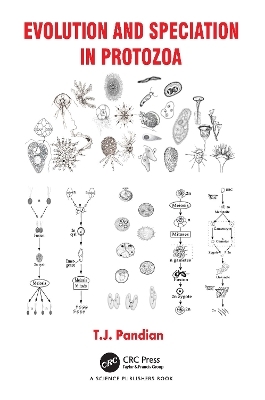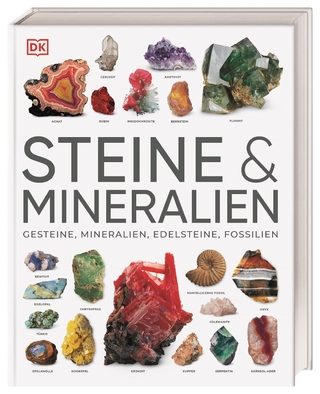
Evolution and Speciation in Protozoa
CRC Press (Verlag)
978-1-032-34751-6 (ISBN)
Recipient of the S.S. Bhatnagar Prize, the highest Indian award for scientists, one of the ten National Professorships, T.J. Pandian has served as editor/member of editorial boards of many international journals. His books on Animal Energetics (Academic Press) identify him as a prolific but precise writer. His five volumes on Sexuality, Sex Determination and Differentiation in Fishes, published by CRC Press, are ranked with five stars. He has authored a multi-volume series on Reproduction and Development of Aquatic Invertebrates, of which the volumes on Crustacea, Mollusca, Echinodermata and Prochordata, Annelida, Platyhelminthes and Minor Phyla have been published. The CRC Press has recently published his new book series on Evolution and Speciation in Animals and Evolution and Speciation in Plants. The third volume on Evolution and Speciation in Protozoa is in your hands.
1. General Introduction 2. Spatial Distribution 3. Acquisition of Nutrients and Food 4. Commensals—Symbionts–Parasites 5. Sexual Reproduction 6. Clonal Multiplication—Regeneration 7. Gametogenesis 8. Induction and Morphogenesis 9. Diversity: Symmetry-Sexuality-Motility 10. Past: Emergence of Protozoa 11. Present: Conservation and Dormancy 12. Future: Climate Change 13. References
| Erscheinungsdatum | 08.02.2023 |
|---|---|
| Zusatzinfo | 39 Tables, black and white; 19 Line drawings, black and white; 38 Halftones, black and white; 57 Illustrations, black and white |
| Verlagsort | London |
| Sprache | englisch |
| Maße | 156 x 234 mm |
| Gewicht | 517 g |
| Themenwelt | Sachbuch/Ratgeber ► Natur / Technik ► Natur / Ökologie |
| Naturwissenschaften ► Biologie ► Evolution | |
| Naturwissenschaften ► Biologie ► Mikrobiologie / Immunologie | |
| Naturwissenschaften ► Biologie ► Zoologie | |
| Weitere Fachgebiete ► Land- / Forstwirtschaft / Fischerei | |
| ISBN-10 | 1-032-34751-1 / 1032347511 |
| ISBN-13 | 978-1-032-34751-6 / 9781032347516 |
| Zustand | Neuware |
| Haben Sie eine Frage zum Produkt? |
aus dem Bereich


